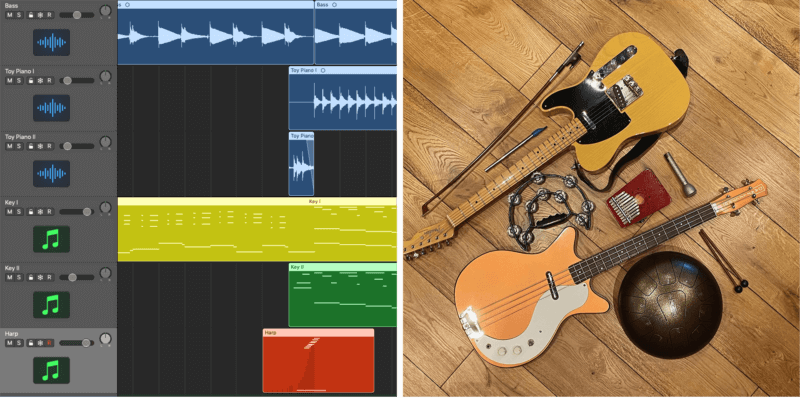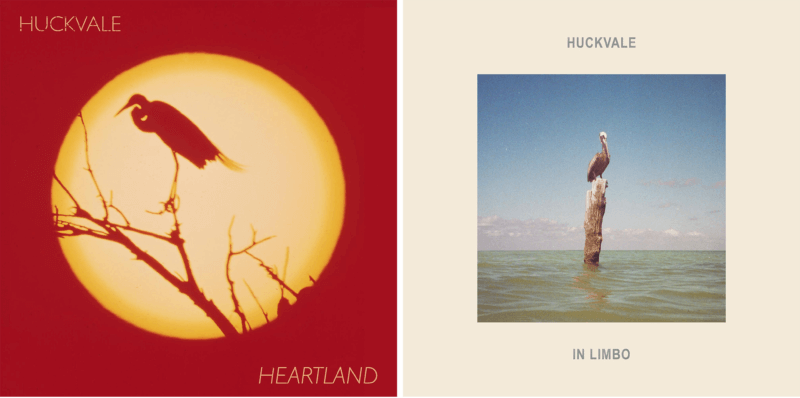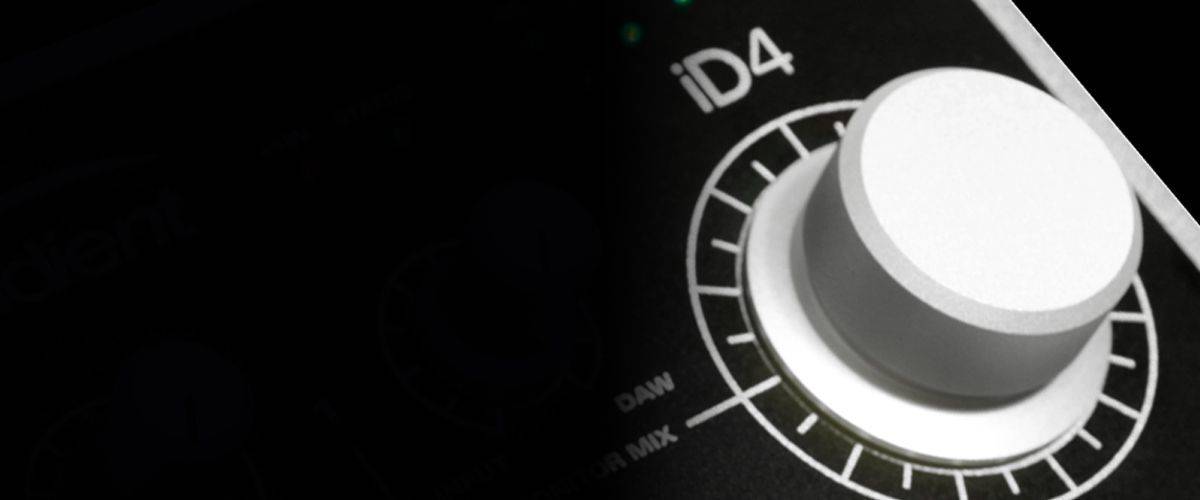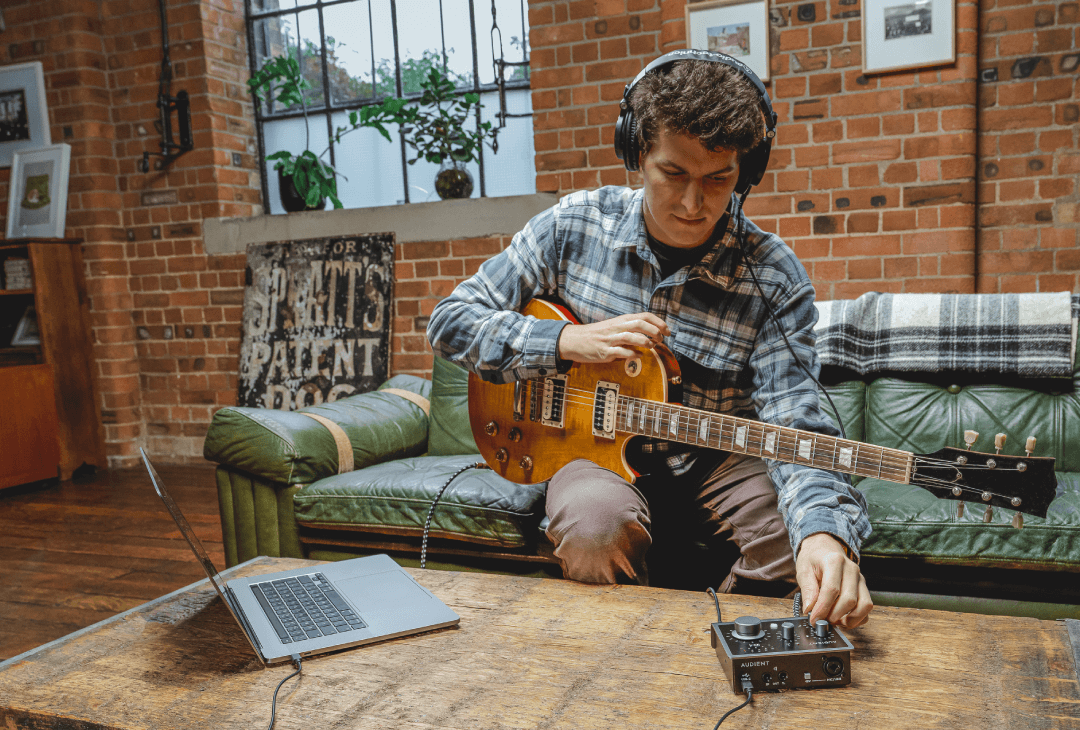Andy Huckvale Intro
Composing is an art form that has often meant capturing the attention of an audience. Whether it’s Mozart being commissioned to compose chamber music for the elite or John Williams writing a score for the latest Spielberg movie, it needs to be music that engages people.
The same can be said of composing music for commercials, it has to help tell a story and engage the audience, often one with a very wide demographic. Below are a few tips to get you started in the world of composing for commercials.
1.Getting started
Getting Started
My backstory is a little convoluted. I went from playing Nirvana songs on the bass in a garage, to making my own techno tracks, to being signed to a major label, to being dropped from the label and working at a Blockbuster video store, and now working as a full-time media composer.
Everyone has their own route when it comes to making music. For some it remains a hobby, others are lucky enough to carve out a career.
Getting Started Image

Getting Started Description
When it comes to writing music for commercials, I think there are a couple of routes. One would be to either work as a freelance composer for a music house or bypass that stage by collaborating directly with the ad agency, a director, an editor or the client themselves.
The latter option involves a lot more networking and people skills, but can be more lucrative as you may get the entire slice of the music budget to yourself.
When I first started out, I was pitching extensively with different music houses and, even though my hit rate was slow to begin with, I was clocking up the hours and learning the craft on the job.
Although sometimes it was disheartening (you have to become very thick-skinned and willing to take your music apart), I’m really glad I did all that hard graft at a time when I could comfortably put other parts of my life on hold to lock myself away in a studio!
2. The Creative Process
The Creative Process
2.Gutiar Image & Daw

The Creative process Points
The vast majority of the music I make is music underscore, not the ‘jingle’ style melodic hooks with product-based lyrics you would traditionally think of with ad music. I write with a mixture of MIDI and recorded instruments.
MIDI has more flexibility (you may be working to an edit that keeps changing) and live instruments can help the music feel more ‘organic’. This is the word that gets used most in music briefs!
I’m not a very technical musician at all, but I’ve found that, the majority of the time, simple works best.When it comes to writing music for commercials, I think there are a couple of routes.
A lot of commercials are only 30 seconds long and may have wall to wall voiceover, so you have to get to the point but also not overcrowd things.
3.Branch Out
Branch Out
Don’t put yourself in a box and tie yourself down to just writing ad music. If you’re already a gigging musician and/or writing your own albums, they all feed into one other and can make you write better music overall.
I’ve always juggled my ad work with being in various bands, sometimes it’s nice to actually come out of the cave and play music with other humans! Lately I’ve been writing studio albums on my own and working with friends and session musicians to record parts I can’t play myself and have them give their own unique take on the music.
I enjoy writing to a brief and a strict (and usually very tight) deadline for an ad, as you don’t have time to overthink things. However, creating my own music (usually with a self-imposed deadline and rough concept) gets to a deeper level of personal expression, so being able to do both keeps the music part of my brain happy.
3.Branch Out image

4.Dont copy
Don’t Copy!
Often I’ll be given the video file for a new project and it will have a temp track already on there. Usually this was to help the editor cut to a certain pace and to help the agency sell early edits of the commercial to the client.
They may like how the emotion of the track is working with the picture, so try to have that in mind rather than copying the actual mechanics of the song. Recent lawsuits involving high-level pop artists have opened up the possibility of being sued not just for plagiarising a melody but for the actual ‘feel’ of another track, so the risks are high.
Try and instead use the temp track as a jumping off point to making something unique of your own that works just as well or hopefully better with the emotion of the commercial.
If the agency/client has ‘temp’ love, it’s a game you can’t really win, so you’re better off creating something unique and hope they don’t have the budget to pay for the Beatles track they want!
5.The boring bit
The boring bit
It’s good to educate yourself about the business side of the process. You are the composer but also the mix engineer and the producer. You have to wear many hats, so it’s helpful to know how you fit into the big picture.
The production chain of a typical commercial goes like this: write a creative brief and concept; write the script/storyboard; shoot it; rough edit; music (that’s you); voiceover/sound fx; final mix/colour-grading.
In some cases you are actually the last stage of the process and they are shipping it out for broadcast in two days, so you have to be quick on your feet.Work to your strengths.
With the variety of commercials being made, I end up writing in lots of different musical styles, but it’s the genres I’ve put my own stamp on that tend to generate the most callbacks.
Once you get going as a media composer, there are various unions that are a good source for template contracts/agreements and can help aid you as a composer in general. In the UK there is PCAM (who have an invaluable podcast about many different aspects of working as a media composer) and in the US, SAG-AFTRA and the American Federation of Musicians.

About the author
Andy Huckvale is a music composer with a wealth of experience and know-how when it comes to composing sound for moving image and how to engage an audience. Andy has it covered working with the likes of such as Nike, Apple, BMW, Adidas, Google, Converse and Facebook.
Our Products
-

2输入 | 2输出 音频接口
-

10输入 | 6输出 音频接口
-

6输入 | 4输出 音频接口
-

14输入 | 8输出 音频接口
-

10输入 | 14输出 音频接口
-

20输入 | 24输出 音频接口
-

24输入 | 32输出 音频接口
-

10输入 | 14输出 音频接口
-

10输入 | 4输出 音频接口
-

2输入 | 2输出 音频接口
-

4输入 | 4输出 音频接口
-

24输入 | 24输出 音频接口
-

开始录音所需的一切
-

8 通道智能前置放大器带 AD/DA
-

具有ADC的8通道麦克风前置放大器
-

具有 HMX 和 IRON 的 8 通道麦克风前置放大器
-

大型录音控制台
-

小型模拟录音控制台
-

小型模拟录音控制台
-

沉浸式音频接口与监听控制器
-

桌面监听控制器
-

环绕声控制器


